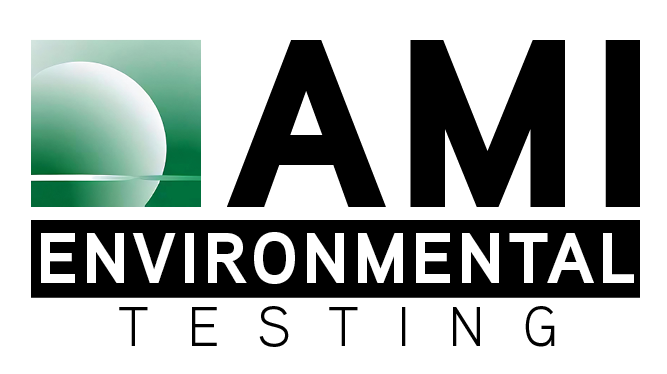Chlorofluorocarbons (CFCs), once widely used in refrigeration, aerosols, and insulation, have left a lasting mark on our environment. These synthetic compounds are notorious for their role in depleting the ozone layer and exacerbating global warming.
CFCs rise into the stratosphere, where they break down under ultraviolet radiation, releasing chlorine atoms. These chlorine atoms then catalytically destroy ozone molecules, leading to the formation of the ozone hole, particularly over the poles. This thinning of the ozone layer increases the penetration of harmful ultraviolet radiation, posing risks to human health and ecosystems. Additionally, CFCs contribute to global warming by trapping heat in the atmosphere.
The response to the environmental challenges posed by CFCs has been multifaceted. Efforts such as the Montreal Protocol of 1987 have been pivotal, aiming to phase out the production and use of ozone-depleting substances, including CFCs. However, ongoing vigilance and global cooperation remain crucial in addressing the environmental impact of CFCs. Environmental consultants play a vital role in this endeavor, offering expertise in monitoring, assessing, and mitigating the effects of CFCs on the environment. Through their guidance, informed decisions can be made to minimize CFC emissions and promote sustainable practices.
To learn more about CFCs, contact AMI Environmental.



